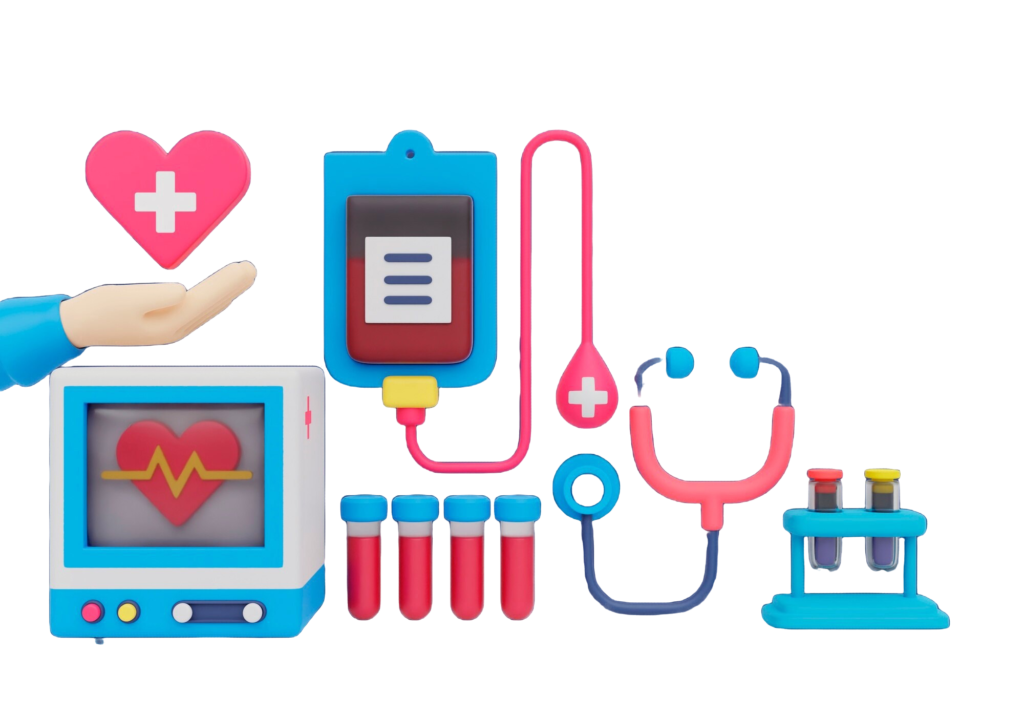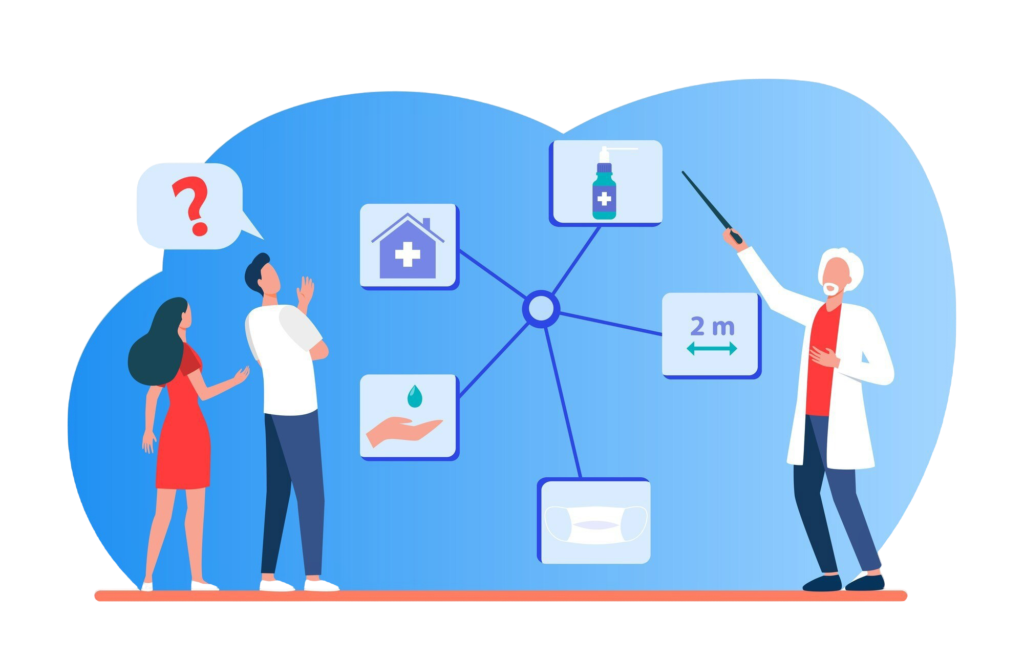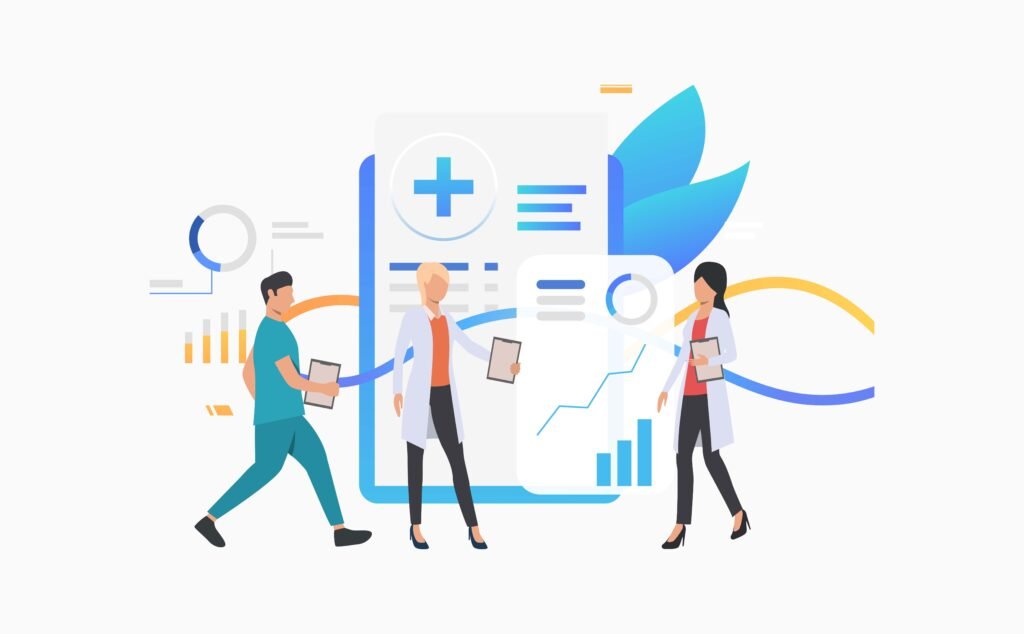
The healthcare sector has undergone rapid changes in the past few years, driven by the pandemic and a growing demand for accessible healthcare services. As medical professionals seek to expand their offerings and enhance patient care, access to state-of-the-art medical equipment has become a crucial need. However, the high upfront costs of purchasing this equipment often pose a significant barrier, especially for new practices or those in emerging markets.
This is where tailored financing solutions come into play. By providing flexible terms, affordable rates, and easy access to capital, financing options empower healthcare providers to invest in the latest technology without breaking the bank. Below, we’ll explore how financing can help doctors and clinics expand their services and provide high-quality care to an increasing patient base.

The Surge in Healthcare Demand Post-Pandemic
The COVID-19 pandemic changed the healthcare landscape in more ways than one. As demand for healthcare services surged, clinics and healthcare centers were pushed to expand their offerings. Financing solutions are vital in helping healthcare professionals meet this demand by enabling:
- Expansion of services: Adding new treatment rooms and upgrading patient monitoring equipment.
- Investment in advanced tools: Purchasing diagnostic devices like MRI machines and advanced imaging tools.
- Growth in emerging markets: Supporting new clinics and diagnostic centers in Tier-2 and Tier-3 cities to serve underserved populations.
Emerging markets offer vast opportunities for healthcare providers, but accessing the capital required for expansion remains a challenge. Financing tailored for the healthcare sector bridges this gap, allowing professionals to grow without compromising financial stability.

Tailored Financing: Affordable Rates and Flexible Terms
Medical equipment financing offers healthcare professionals a practical way to access the technology they need while managing their cash flow effectively. Key benefits include:
- Affordable rates: Competitive interest rates make financing a cost-effective alternative to upfront purchases.
- Flexible repayment plans: Repayment schedules can be customized to match the cash flow patterns of healthcare practices.
- Diverse financing options: From low-interest loans to equipment leasing, there are solutions to fit different needs and budgets.
This adaptability ensures that financing remains accessible to healthcare providers, regardless of their financial circumstances or the size of their practice.

Expanding Services with Minimal Upfront Costs
The cost of high-end medical equipment can be prohibitive, particularly for startups and small clinics. Financing provides a pathway to overcome these challenges by:
- Reducing upfront costs: Spread the cost of expensive equipment over time to avoid large, lump-sum payments.
- Enabling scalability: Invest in new imaging equipment, diagnostic tools, or medical devices to expand service offerings without delay.
- Offering leasing options: Equipment leasing allows access to cutting-edge technology without the financial commitment of outright purchase.
These options empower healthcare providers to enhance their capabilities and improve patient care while maintaining financial flexibility.

Supporting the Growth of Medical Startups in Emerging Markets
Medical startups in Tier-2 and Tier-3 cities are transforming local healthcare by providing essential services. Financing plays a pivotal role in their success by:
- Lowering initial investment costs: Offering loans and leasing options to make equipment acquisition affordable.
- Enabling rapid scaling: Flexible terms and quick approvals allow startups to grow and compete in the evolving healthcare landscape.
- Facilitating community impact: Startups can begin operations sooner, addressing gaps in healthcare access in underserved regions.
By reducing financial barriers, medical equipment financing enables startups to focus on their mission of delivering quality care.

Conclusion: Empowering Healthcare Providers to Serve More Patients
Access to quality medical equipment is crucial for healthcare providers aiming to expand their services and improve patient outcomes. Financing solutions tailored to the needs of healthcare professionals allow:
- Investment in state-of-the-art technology without large upfront costs.
- Expansion of facilities to meet growing patient demands.
- Improved financial flexibility through customized repayment plans.
As the healthcare industry continues to grow post-pandemic, financing will remain an essential tool for empowering doctors, clinics, and startups to thrive. By leveraging these solutions, healthcare providers can focus on what truly matters: delivering exceptional care to their patients.
